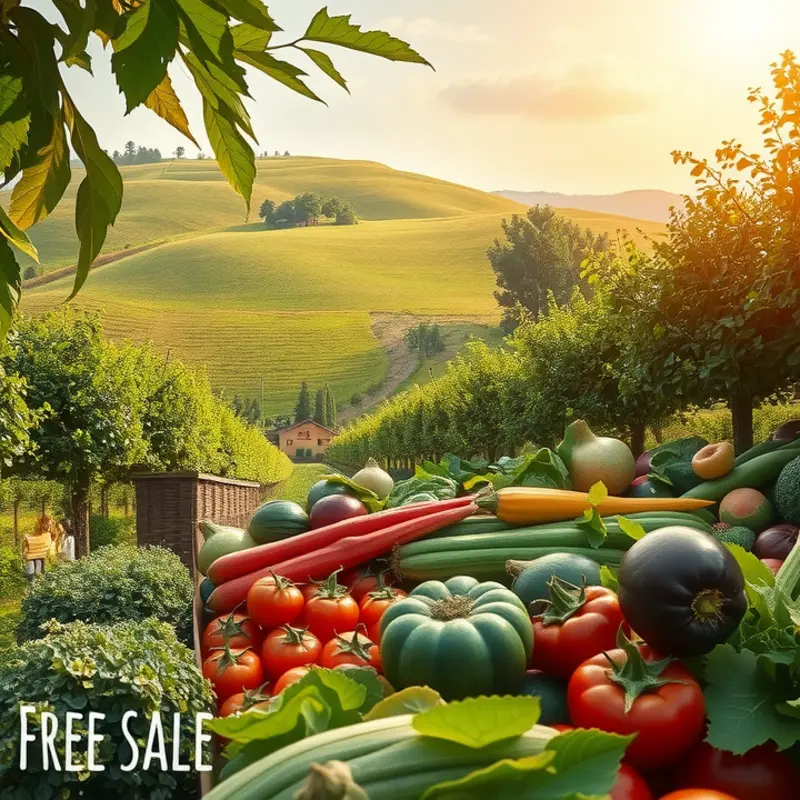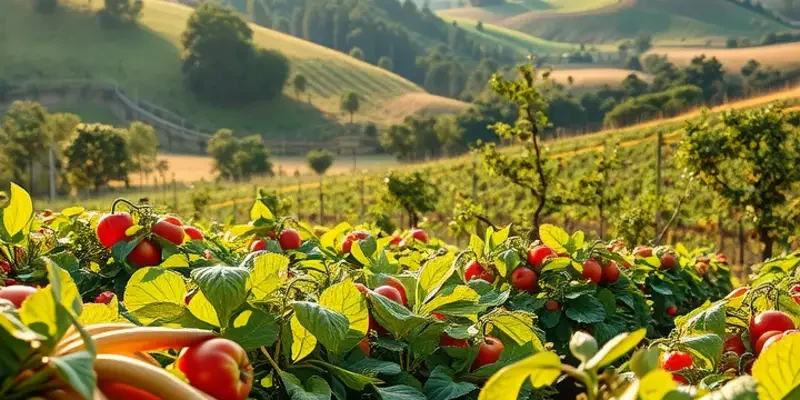Managing food waste is crucial for both household efficiency and environmental sustainability. By implementing effective leftover management strategies, you can not only preserve food quality but also contribute to reducing waste. Understanding how to store food safely and intelligently will ensure that your hard-earned groceries don’t end up in the trash, maximizing your efforts to create a greener home.
Mastering Leftover Storage Techniques

Properly storing leftovers is an essential skill for anyone who seeks to minimize food waste and maintain quality. Effective storage starts by choosing the right containers. Opt for airtight containers made from glass or BPA-free plastics to prevent odors from escaping and to retain freshness. Glass containers are excellent for both storing and reheating, as they can transition from freezer to oven or microwave with ease.
Once you’ve selected your containers, consider the optimal storage temperatures. Refrigerate leftovers within two hours after cooking to limit bacterial growth. For refrigerators, maintain a temperature below 40°F (4°C). For freezers, aim for 0°F (-18°C) or lower. Freezing is particularly suited for extending the life of leftovers you can’t consume immediately. However, remember that freezing only delays spoilage—most dishes should be consumed within two to three months for optimal flavor and texture.
The labeling of stored leftovers cannot be overstated. Clearly marked containers prevent both confusion and neglect. Use labels to indicate the contents and the date stored. For those who prefer eco-friendliness, recyclable paper labels or erasable solutions are available. Avoid keeping leftovers in the fridge for more than four days, and make it a habit to move the oldest containers to the front, facilitating a ‘first in, first out’ usage routine.
Another technique involves partitioning portions into individual servings before storage. This not only aids in quicker reheating but also discourages overeating, aligning with mindful eating practices such as those discussed in this resource on mindful eating. For soups or stews, consider using a container with a vacuum seal if possible; it helps in preserving the aroma and texture.
For specific leftovers like grains, pasta, or vegetables, placing a small awareness of moisture retention is vital. Delicate greens, for instance, should be stored separately and added just before serving to preserve crispness. Pasta and grains keep well when lightly coated with oil to prevent sticking.
By mastering these storage techniques, you ensure that meals are ready to eat at a moment’s notice. This strategy not only lowers food waste but also lends itself to simpler meal prep during busy weeks, thereby fostering a sustainable kitchen environment. Embracing these practices paves the way for better food management while respecting our planet’s resources.
Creative Ways to Repurpose Leftovers

Repurposing leftovers can be as rewarding as creating a fresh dish. Instead of seeing leftover rice or pasta as castaways, imagine them as key components for something entirely new and exciting.
One ingenious way to repurpose leftovers is by integrating them into entirely different cuisines. Leftover rice can transform into a vibrant fried rice by simply adding eggs, assorted vegetables, and a splash of soy sauce. For leftover pasta, consider tossing it with fresh or canned tomatoes, olives, and a pinch of crushed red pepper for a quick Mediterranean salad.
Soups and stews are also fantastic options for using leftover vegetables, meats, or grains. A chicken carcass or vegetable scraps can simmer into a rich broth, the base for adding anything from sliced potatoes to finely chopped greens. These wholesome bowls not only warm the soul but also drastically curb waste.
For those operating at the culinary intersection of efficiency and creativity, consider the art of freezing. Many prepared foods hold their flavor and texture beautifully when frozen correctly. Label clearly with dates and contents to keep your freezer organized. For bulk storage tips, check out this guide on eco-smart kitchen storage.
Transforming leftovers into new meals is an opportunity to explore different flavor profiles and culinary skills. Try making stuffed peppers with leftover grains, diced vegetables, and cheese. Or, take any leftover stew or curry and use it as a filling for a savory pie topped with mashed potatoes.
Don’t forget the power of frittatas and omelets. Mix eggs with yesterday’s cooked vegetables, meats, or cheeses, and cook over low heat until set. These dishes embrace wide customizability, making them ideal for any leftovers you may have.
Smoothies and baked goods serve as ideal hiding spots for leftover fruits and veggies. Overripe bananas and berries can find a second life in muffins or quick breads, while spinach and other greens blend seamlessly into smoothies, often disguising their taste with sweeter fruit blends.
By viewing leftovers as a resource rather than a burden, your kitchen can become a springboard for exciting culinary adventures. This practice not only reduces food waste but also invites a new, sustainable norm into your daily routine, ensuring mealtimes are as varied as they are practical.
Final words
Proper management of leftovers is a simple yet effective way to embrace sustainability at home. By mastering storage techniques and exploring creative repurposing ideas, you not only save money but also contribute to a healthier planet. Remember, every effort counts, and making small changes in how you handle food can have a significant impact on reducing waste. So, take these practical tips to heart and start managing your leftovers in an eco-friendly way today.







